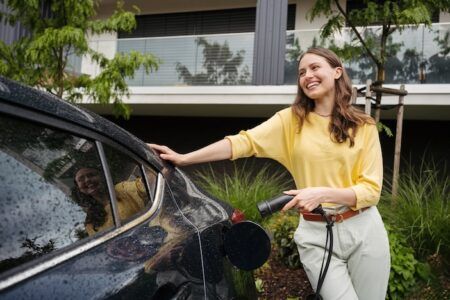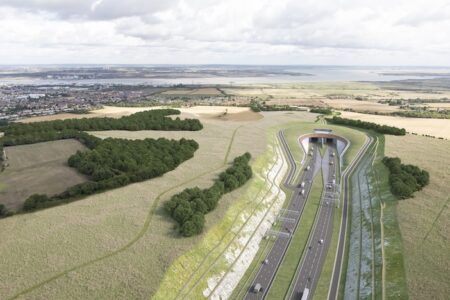Engineers at the University of California at Riverside (UCR) are combining connected vehicle technology and evolutionary algorithms to make plug-in hybrid electric vehicles (PHEVs) more efficient, with initial results showing an improvement by one third.
The UCR team have taken inspiration from biological evolution and the energy savings garnered by birds flying in formation to improve the efficiency of PHEVs by more than 30%. PHEVs, which combine a gas or diesel engine with an electric motor and a large rechargeable battery, offer advantages over conventional hybrids, because they can be charged using household electricity, which reduces their need for fuel. However, the race to improve the efficiency of current PHEVs is limited by shortfalls in their energy management systems (EMS), which control the power split between engine and battery when they switch from all-electric to hybrid mode.
While not all PHEVs work the same way, most models start in all-electric mode, running on electricity until their battery packs are depleted, then switch to hybrid mode. Known as binary mode control, this EMS strategy is easy to apply, but is not the most efficient way to combine the two power sources. In lab tests, blended discharge strategies, in which power from the battery is used throughout the trip, have proven more efficient at minimizing fuel consumption and emissions. However, their development is complex and, until now, they have required an unrealistic amount of information upfront.
Xuewei Qi (above), a postdoctoral researcher at the Center for Environmental Research and Technology (CE-CERT) at UCR, and Matthew Barth, CE-CERT director and a professor of electrical and computer engineering, have taken systems used in the natural world to improve the efficiency of PHEVs. The highly efficient EMS developed and simulated by Qi and his team combines vehicle connectivity information, such as cellular networks and crowdsourcing platforms, and evolutionary algorithms a mathematical way to describe natural phenomena, such as insect swarming and bird flocking.
The current research builds on previous work by the team showing that individual vehicles can learn how to save fuel from their own historical driving records. Together with the application of evolutionary algorithms, vehicles will not only learn and optimize their own energy efficiency, but will also share their knowledge with other vehicles in the same traffic network through connected vehicle technology.
“In reality, drivers may switch routes, traffic can be unpredictable, and road conditions may change, meaning that the EMS must source that information in real time,” Qi explained. “By mathematically modeling the energy saving processes that occur in nature, scientists have created algorithms that can be used to solve optimization problems in engineering. We combined this approach with connected vehicle technology to achieve energy savings of more than 30%. We achieved this by considering the charging opportunities during the trip, something that is not possible with existing EMS. Even more importantly, the PHEV energy management system will no longer be a static device; it will actively evolve and improve for its entire life cycle.”




